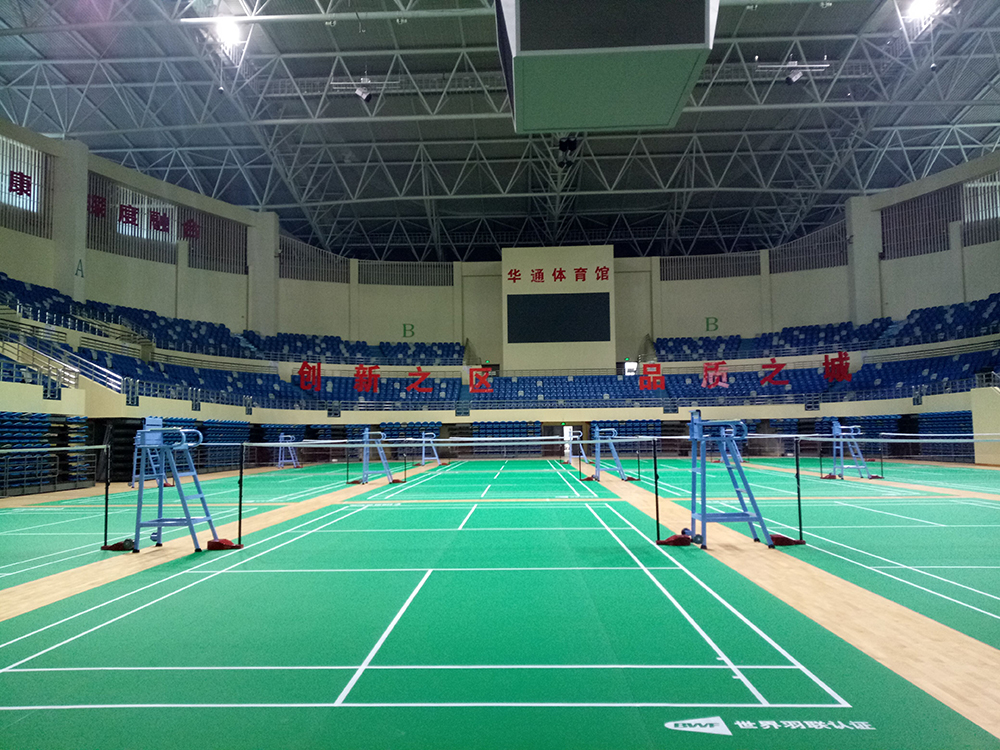Лис . 29, 2024 14:51 Back to list
Exploring Different Types of Surfaces for Running Tracks and Their Impact on Performance
The Importance of Running Track Surfaces A Comprehensive Overview
Running is one of the most accessible forms of exercise, enjoyed by individuals of all ages and fitness levels. Whether it is for competition, fitness, or leisure, the surface on which we run plays a crucial role in both performance and safety. The type of running track surface can influence everything from speed and endurance to the risk of injury. In this article, we will explore the various types of running track surfaces, their advantages, and the considerations athletes should make when choosing a surface to run on.
Types of Running Track Surfaces
1. Natural Surfaces This category includes grass, dirt, and trails. Natural surfaces are often softer than synthetic options, providing a cushion that can reduce the impact on joints. Running on grass, for instance, may be less likely to result in injuries such as shin splints. However, these surfaces can come with their own challenges, including uneven terrain, mud, and inadequate maintenance, which may pose risks to the runner.
2. Synthetic Surfaces Commonly found in track and field facilities, synthetic tracks are made from materials like polyurethane or rubber and are designed for performance. These surfaces offer a consistent and predictable experience, allowing for better speed and traction. Additionally, synthetic tracks are often weather-resistant, meaning they can be used in a variety of conditions, enhancing their practicality for competitive training.
3. Cinder Tracks This traditional surface was popular in the early and mid-20th century, made from compressed cinder or ash. While they provide good traction and are relatively forgiving, they have fallen out of favor due to the maintenance needs and the establishment of more advanced synthetic options. Cinder tracks can still be found in some locations, mainly in schools and rural areas.
4. Tartan Tracks A brand name that's often used generically, Tartan refers to a rubberized surface that offers excellent grip and cushioning. Its texture allows athletes to perform at high levels while minimizing injury risk. Many professional tracks are made of Tartan or similar materials, providing a reliable surface for track and field events.
Advantages of Proper Surfaces
Choosing the right running surface can significantly impact performance
. Here are some advantages associated with specific surfaces- Speed and Traction Synthetic surfaces are engineered for optimal speed, allowing runners to achieve their personal bests. The elasticity of these tracks can increase energy return, making strides more efficient.
running track surface

- Reduced Injury Risk Softer surfaces like grass can help reduce the shock of impact, lowering the chances of injuries associated with hard surfaces. Runners with previous injuries or those who are just starting may benefit more from these softer choices.
- Consistency and Maintenance Synthetic tracks require less maintenance than natural surfaces, allowing athletes to train in a consistent environment. This predictability is essential for performance training, as it helps runners develop muscle memory without the worry of changing conditions.
Considerations for Choosing a Surface
When choosing a surface for running, several factors should be considered
1. Purpose of Running Is the runner training for a race, improving fitness, or simply enjoying the outdoors? Competitive runners often benefit from synthetic tracks, while casual joggers may prefer trails or grass.
2. Injury History Runners with prior injuries may find softer surfaces more forgiving. In contrast, athletes looking to improve speed may opt for synthetic surfaces that offer a more rigid experience.
3. Environmental Conditions Weather can affect the condition of running surfaces. Synthetic tracks are less prone to environmental changes, whereas natural surfaces can vary greatly based on rainfall or seasonal changes.
4. Accessibility Availability is vital. Many urban areas feature synthetic tracks that are open to the public, while natural trails are typically found in parks or extensive green spaces.
Conclusion
The running track surface is a fundamental element in defining the running experience. Each type of surface has its benefits and drawbacks, and athletes must consider their personal needs, injury history, and running goals when making their choice. Ultimately, the right surface can enhance performance, prevent injuries, and make running a more enjoyable activity. Whether you prefer the softness of grass or the resilience of synthetic tracks, understanding these surfaces will help you make informed decisions that support your running journey.
-
Sport Court Tiles with AI Innovation | Durable & Safe
NewsAug.01,2025
-
Vinyl Carpet Flooring | Durable & Waterproof Design
NewsJul.31,2025
-
Premium Basketball Board Stand with GPT-4-Turbo AI
NewsJul.31,2025
-
Premium Maple Flooring for Gyms & Homes | PVC & Vinyl Options
NewsJul.30,2025
-
Premium Outdoor Basketball Court Tiles for All Weather Use
NewsJul.30,2025
-
Durable Basketball Board Stand for Indoor & Outdoor Use
NewsJul.29,2025

